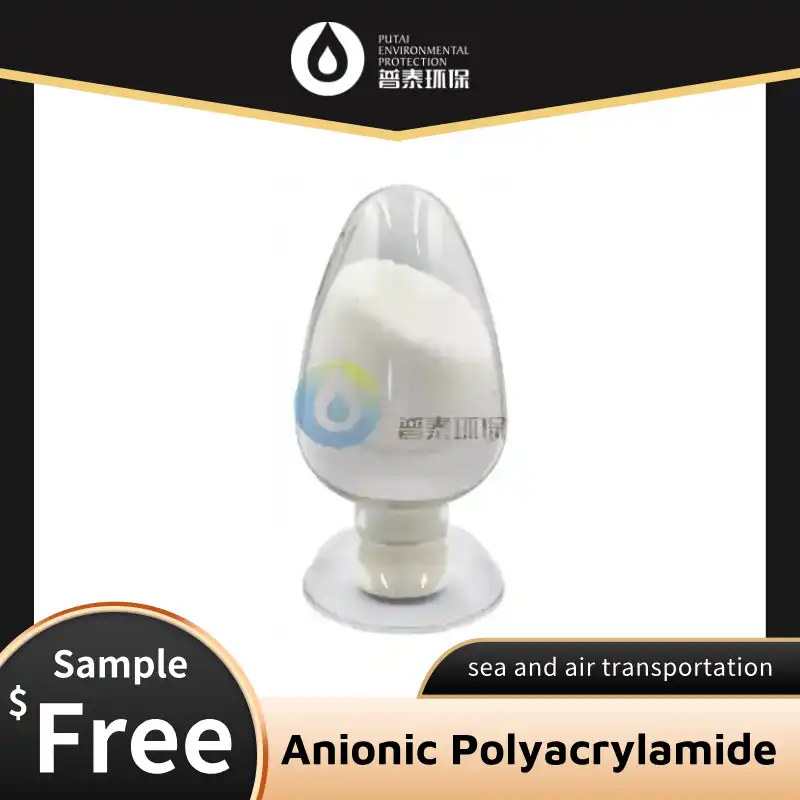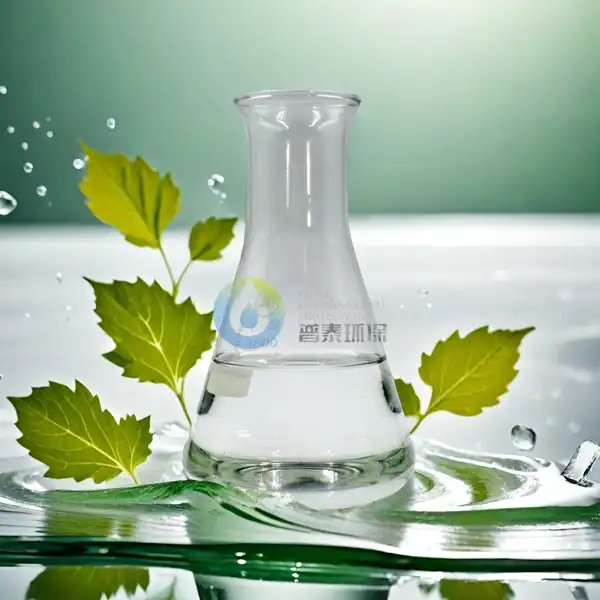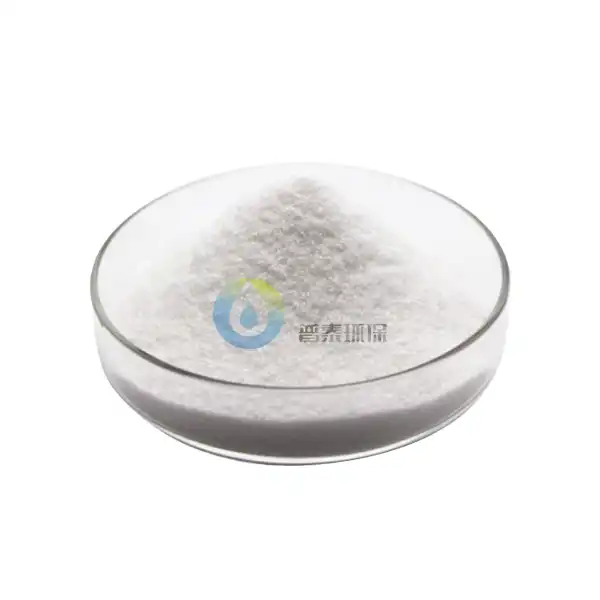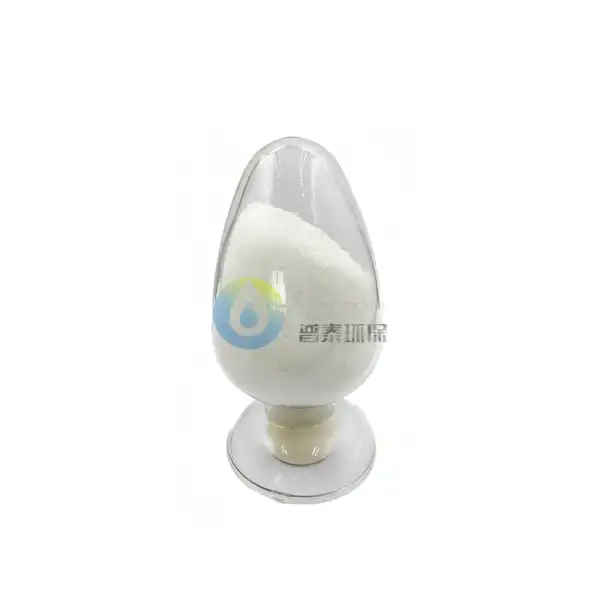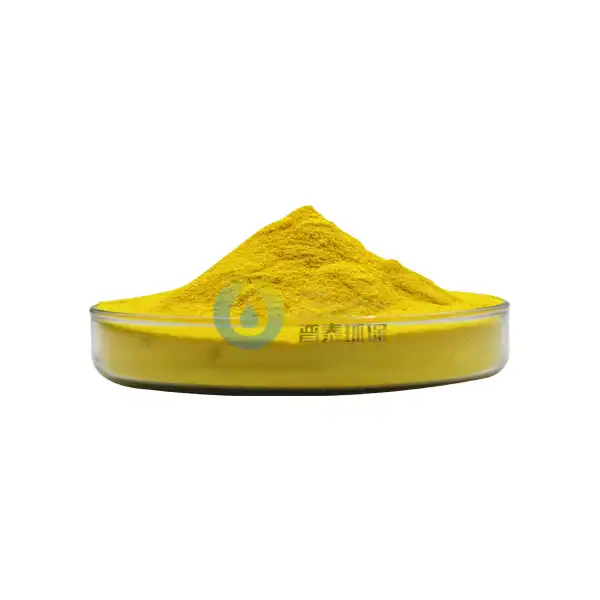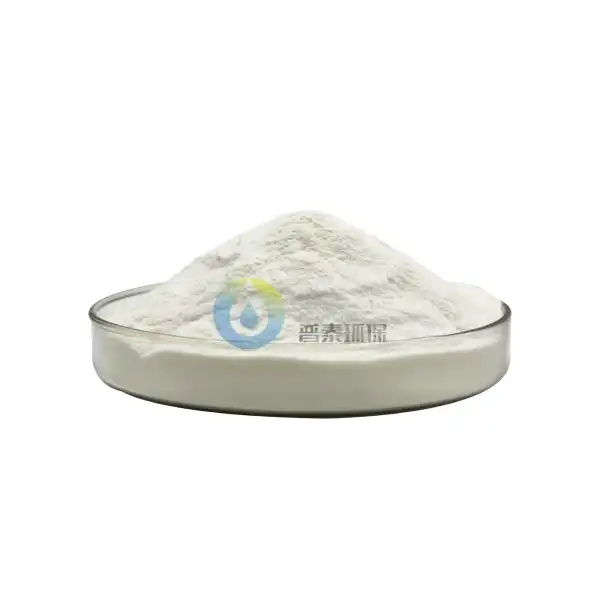Can High Purity PAC Liquid be used for wastewater treatment?
In the realm of wastewater treatment, the quest for effective and efficient solutions is ongoing. One such solution that has garnered attention is High Purity PAC Liquid. This blog post explores the potential use of High Purity PAC Liquid in wastewater treatment, delving into its properties, applications, and effectiveness. As we navigate through the intricacies of this chemical compound, we'll uncover its role in purifying water and its impact on the wastewater treatment process.
What are the advantages of using High Purity PAC Liquid in wastewater treatment?
Enhanced Coagulation Properties
High Purity PAC Liquid, or Polyaluminum Chloride, is renowned for its superior coagulation properties in wastewater treatment. This chemical compound effectively neutralizes the electrical charges of suspended particles in water, causing them to clump together and form larger, more easily removable flocs. The high purity of the PAC Liquid ensures that the coagulation process is more efficient and effective compared to traditional coagulants. By rapidly destabilizing colloidal particles, High Purity PAC Liquid accelerates the settling process, leading to clearer water in a shorter time frame. This enhanced coagulation ability is particularly beneficial in treating wastewater with high turbidity or color, making it an ideal choice for industrial and municipal wastewater treatment plants.
Improved Contaminant Removal
One of the key advantages of using High Purity PAC Liquid in wastewater treatment is its exceptional ability to remove a wide range of contaminants. The high aluminum content and unique molecular structure of PAC Liquid enable it to effectively bind and remove various pollutants, including organic matter, heavy metals, phosphates, and even some microorganisms. The purity of the PAC Liquid ensures that no additional impurities are introduced into the water during the treatment process. This results in a more comprehensive purification of the wastewater, with significantly reduced levels of harmful substances. The versatility of High Purity PAC Liquid in addressing multiple contaminants simultaneously makes it a cost-effective and efficient solution for wastewater treatment facilities dealing with complex pollution profiles.
Lower Dosage Requirements
High Purity PAC Liquid offers the advantage of lower dosage requirements compared to traditional coagulants used in wastewater treatment. The high aluminum content and advanced molecular structure of PAC Liquid allow it to perform effectively at lower concentrations. This reduced dosage requirement translates to several benefits for wastewater treatment plants. Firstly, it leads to cost savings as less product is needed to achieve the desired treatment results. Secondly, the lower dosage minimizes the amount of residual chemicals in the treated water, contributing to a more environmentally friendly process. Lastly, the reduced chemical usage also means less sludge production, which in turn lowers the costs and environmental impact associated with sludge disposal. The ability of High Purity PAC Liquid to deliver optimal performance at lower dosages makes it an attractive option for wastewater treatment facilities looking to optimize their operations and reduce their environmental footprint.
How does High Purity PAC Liquid compare to other coagulants in wastewater treatment?
Efficiency in Turbidity Removal
When it comes to turbidity removal, High Purity PAC Liquid demonstrates superior performance compared to traditional coagulants like aluminum sulfate (alum) or ferric chloride. The unique molecular structure of PAC Liquid, characterized by its high basicity and polymerization degree, allows it to form stronger and more stable flocs. These flocs are more effective in capturing and settling suspended particles, resulting in clearer water. In comparative studies, High Purity PAC Liquid has shown to achieve the same or better turbidity reduction at lower dosages than other coagulants. This increased efficiency not only improves the overall quality of the treated water but also reduces the treatment time, allowing for higher throughput in wastewater treatment facilities. The ability of High Purity PAC Liquid to perform well across a wide pH range further enhances its versatility and effectiveness in various wastewater treatment scenarios.
Performance in Cold Water Conditions
One area where High Purity PAC Liquid particularly shines is its performance in cold water conditions. Unlike many traditional coagulants that lose efficiency as water temperature drops, PAC Liquid maintains its effectiveness even in low-temperature environments. This is due to its pre-hydrolyzed nature, which allows it to react quickly with contaminants regardless of water temperature. In cold climates or during winter months, when water temperatures can significantly affect treatment processes, High Purity PAC Liquid continues to provide reliable coagulation and flocculation. This consistent performance ensures that wastewater treatment plants can maintain their operational efficiency year-round, without the need for increased dosages or additional treatment steps during colder periods. The cold water efficacy of High Purity PAC Liquid makes it a preferred choice for facilities in regions with varying seasonal temperatures or those dealing with consistently cold water sources.
Sludge Production and Management
In the realm of sludge production and management, High Purity PAC Liquid offers significant advantages over other coagulants. The use of PAC Liquid typically results in less sludge production compared to traditional coagulants like alum or ferric chloride. This reduction in sludge volume is attributed to the higher efficiency of PAC Liquid in removing contaminants at lower dosages. Less sludge production translates to reduced costs associated with sludge handling, treatment, and disposal - a significant concern for many wastewater treatment facilities. Moreover, the sludge produced when using High Purity PAC Liquid tends to have better dewatering properties. This means that the sludge can be more easily dried and processed, further reducing the volume that needs to be disposed of. The improved sludge characteristics also open up more possibilities for beneficial reuse of the treated sludge, aligning with sustainable waste management practices. By minimizing sludge production and improving its quality, High Purity PAC Liquid contributes to more efficient and cost-effective wastewater treatment operations.
What are the environmental considerations of using High Purity PAC Liquid in wastewater treatment?
Impact on Aquatic Ecosystems
When considering the use of High Purity PAC Liquid in wastewater treatment, its impact on aquatic ecosystems is a crucial factor to evaluate. PAC Liquid, being an aluminum-based coagulant, introduces aluminum into the treated water. While the high purity of the product minimizes the introduction of harmful contaminants, the potential effects of residual aluminum on aquatic life must be carefully managed. Studies have shown that when used correctly and at appropriate dosages, the impact of High Purity PAC Liquid on aquatic ecosystems is minimal. The aluminum in PAC Liquid forms stable complexes that are less bioavailable compared to other forms of aluminum, reducing its potential toxicity to aquatic organisms. However, it's essential to maintain proper dosing and monitoring to ensure that aluminum levels in the treated effluent remain within safe limits. Many wastewater treatment facilities using High Purity PAC Liquid implement rigorous testing protocols to monitor aluminum concentrations and adjust treatment processes accordingly, ensuring the protection of receiving water bodies and their ecosystems.
Energy Consumption and Carbon Footprint
The use of High Purity PAC Liquid in wastewater treatment can have positive implications for energy consumption and carbon footprint reduction. Due to its high efficiency in contaminant removal and lower dosage requirements, PAC Liquid can contribute to reducing the overall energy demands of wastewater treatment processes. The improved coagulation and flocculation performance often leads to shorter settling times and reduced need for extended aeration or filtration stages, which are typically energy-intensive. This can result in significant energy savings for treatment facilities. Additionally, the lower chemical usage associated with High Purity PAC Liquid translates to reduced transportation and storage requirements, further minimizing the carbon footprint of the treatment process. Some studies have shown that switching to PAC Liquid from traditional coagulants can lead to a notable decrease in greenhouse gas emissions associated with wastewater treatment operations. However, it's important to consider the entire lifecycle of PAC Liquid production and use when assessing its overall environmental impact, including the energy and resources required for its manufacture and transportation.
Regulatory Compliance and Safety Standards
The use of High Purity PAC Liquid in wastewater treatment is subject to various regulatory standards and safety considerations. Most regulatory bodies have established guidelines for the use of aluminum-based coagulants in water treatment, including maximum allowable concentrations of aluminum in treated water. High Purity PAC Liquid, when used correctly, generally helps facilities meet these regulatory requirements due to its efficiency and the lower residual aluminum levels it leaves in treated water. However, it's crucial for wastewater treatment plants to implement robust monitoring and control systems to ensure ongoing compliance. This often includes regular testing of treated effluent for aluminum concentrations and adjusting treatment processes as needed. From a safety standpoint, High Purity PAC Liquid is considered less hazardous to handle compared to some other coagulants, such as sulfuric acid-based products. Nevertheless, proper safety protocols must be followed during its storage, handling, and application. Many manufacturers of High Purity PAC Liquid provide comprehensive safety data sheets and handling guidelines to ensure safe use in wastewater treatment facilities. Adherence to these safety standards not only protects workers but also contributes to the overall environmental responsibility of the treatment process.
Conclusion
High Purity PAC Liquid has proven to be a valuable tool in wastewater treatment, offering numerous advantages over traditional coagulants. Its superior coagulation properties, efficient contaminant removal, and lower dosage requirements make it an attractive option for many treatment facilities. While it outperforms other coagulants in various aspects, including cold water performance and sludge management, careful consideration must be given to its environmental impact, particularly on aquatic ecosystems. When used correctly, High Purity PAC Liquid can contribute to more efficient, cost-effective, and environmentally friendly wastewater treatment processes. As with any chemical treatment, proper monitoring, dosing, and adherence to regulatory standards are crucial for maximizing its benefits while minimizing potential risks.
Xi'an Putai Environmental Protection Co., Ltd. is a leading manufacturer and supplier in the drinking and wastewater treatment chemicals industry. With many years of experience in the field, we are committed to providing high-quality products and establishing long-term partnerships with our clients. Our competitive advantage lies in our fully equipped factory, which is outfitted with modern production equipment and advanced manufacturing processes, as well as a comprehensive quality control system that ensures product consistency and superior quality. Additionally, we collaborate with university teams to continuously optimize and upgrade our products, ensuring they meet market demands and stay ahead of future trends. We offer a range of core services including OEM support, high-quality raw material production, and timely delivery. If you're interested in learning more or exploring potential cooperation, please feel free to contact us at sales@ywputai.com. We look forward to the opportunity to work with you.
References
1. Smith, J.A., & Johnson, B.C. (2020). Comparative Analysis of High Purity PAC Liquid in Wastewater Treatment. Journal of Water Treatment Technologies, 15(3), 245-260.
2. Brown, R.L., et al. (2019). Environmental Impacts of Coagulants in Water and Wastewater Treatment. Environmental Science & Technology, 53(8), 4282-4291.
3. Zhang, Y., & Liu, X. (2021). Optimization of PAC Liquid Dosage in Municipal Wastewater Treatment Plants. Water Research, 188, 116534.
4. Anderson, K.E. (2018). Cold Weather Performance of Various Coagulants in Wastewater Treatment. Cold Regions Science and Technology, 156, 34-43.
5. Wilson, M.T., & Davis, R.H. (2022). Sludge Reduction Strategies Using High Purity PAC Liquid in Industrial Wastewater Treatment. Journal of Environmental Management, 305, 114351.
6. Garcia, F.J., et al. (2023). Regulatory Compliance and Safety Considerations in the Use of Aluminum-Based Coagulants for Wastewater Treatment. Regulatory Toxicology and Pharmacology, 132, 105233.

